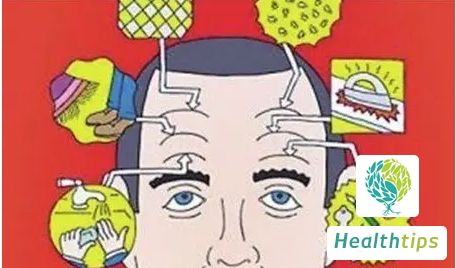How Can I Improve My O-shaped Legs?
Generally speaking, it is more effective to correct O-legs during childhood. Once adulthood is reached and the bones have developed and stabilized, correction becomes much more difficult. To correct O-legs, parents can adopt scientific methods, which include surgery, orthosis devices, splints, bandaging, exercise, and orthotic insoles. Surgical methods are suitable for patients with bony deformities.

Through surgical osteotomy and internal fixation correction, normal limb alignment and appearance can be restored immediately. However, for severe knee varus deformities, primary osteotomy and internal fixation correction may cause neural and vascular tension and traction, leading to related complications. Therefore, external fixation-assisted osteotomy correction can be used to gradually correct the deformity, avoid neural and vascular complications, and make the surgery more minimally invasive.
There are many causes of O-legs in infants, such as cartilage nutritional disorders, but vitamin D deficiency rickets is the most common. Early symptoms include excessive sweating and irritability. If not corrected in time, it can affect bone development. When children with rickets reach around 1 year of age and begin to learn to stand and walk, their legs may be unable to support their body weight, leading to outward bending of the lower limbs and the formation of O-legs.
In normal knees, pressure is evenly distributed over the joint surface. However, in individuals with O-legs, due to knee varus, excessive body weight is concentrated on the medial side of the knee joint surface. Excessive pressure and friction can lead to wear and tear of the cartilage on the medial side of the knee, collapse of the tibial plateau, and secondary osteoarthritis. As they age, they may experience joint pain and difficulty with normal walking activities.



















